- We help you decide on the Camino that can captivate you the most
- The French Way, the best bet for beginners
- The Portuguese Way, for returning pilgrims
- The Portuguese Coastal Way, a gift for the senses
- The Finisterre and Muxía Way, the Epilogue
- The English Way, because the Camino hooks you
- The Northern Way, expanding the pilgrim résumé
- The Primitive Way, returning to the origins
- Plan and choose your ideal Jacobean route
We know many of you will be plunged into a sea of doubts when deciding which Camino de Santiago route to take. Which is the most beautiful way? And the easiest? If I’m a beginner, which one should I start with? And the fact is… every Camino seems the most beautiful! Any experienced pilgrim will assert, without hesitation, that all the Jacobean routes are worthwhile. Not for nothing, since all the Caminos have a special charm. High mountains, green valleys, rugged coasts, paradisiacal beaches, an abundance of architectural and cultural elements, the people who live there… In the end, it all depends on the tastes and preferences of each pilgrim.
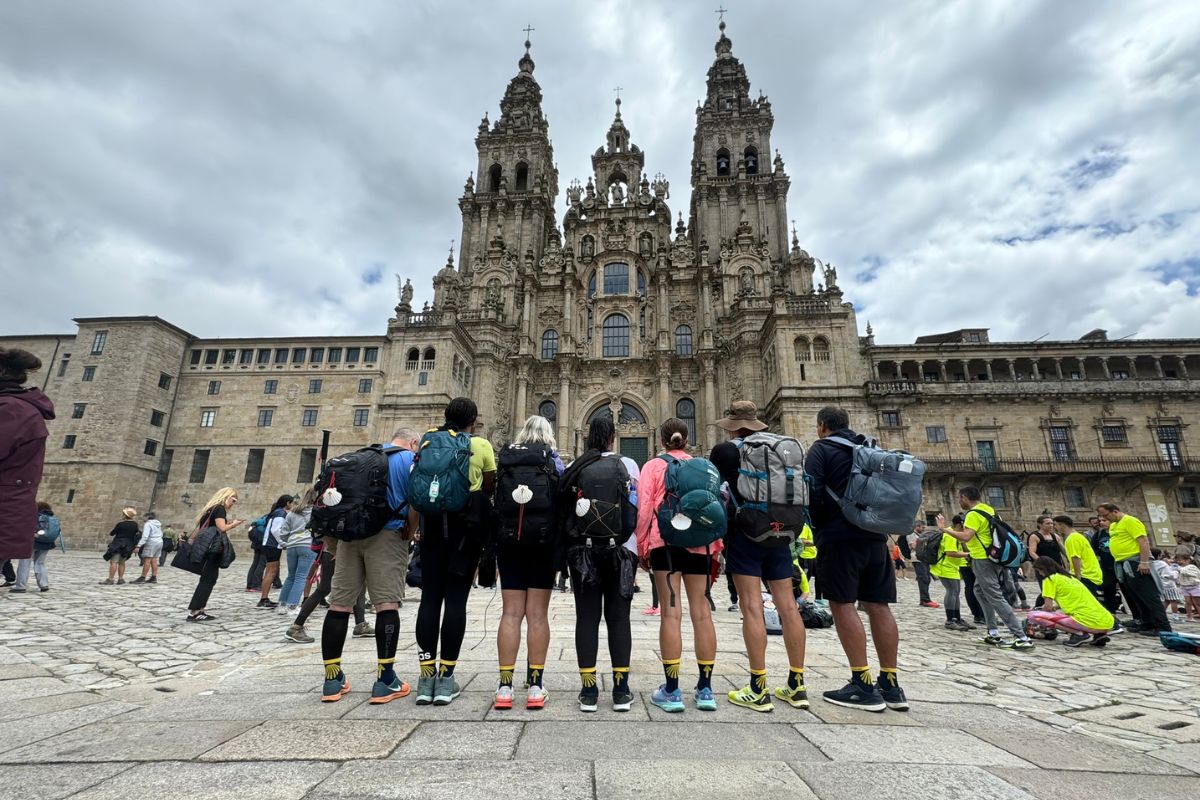
Every pilgrim, whether a beginner or not, has the Cathedral of Santiago as their goal
We help you decide on the Camino that can captivate you the most
We, who know all the routes, want to help you. In this article, we will try to break down the strong points of the main routes to help you with the first step, choosing the most beautiful way of the Camino de Santiago. Start requesting your vacation and decide how many days you have because we are going to do the Camino de Santiago.
The French Way, the best bet for beginners
We start with the classic among the Jacobean routes: the French Way. After crossing the Pyrenees, at the border with France, it begins in Roncesvalles and reaches Santiago de Compostela after more than 700 km.
A varied combination of regions, landscapes, climates, heritage, gastronomy, and architecture characterizes this route, the most traveled in history and in our times. This makes it a route generous in accommodation, food, information, and signage. It can be done at any time of the year (not recommended for high mountain sections in winter), and you will always find many pilgrims like you.
As you cross different landscapes, you will find high mountains but also wide plateaus, with wide rivers and small streams. It is suitable for any pilgrim, especially beginners, although one must always consider the physical limitations and available time of each one. The first thing you must consider is that if you do it in its entirety, you will be walking for approximately a month.
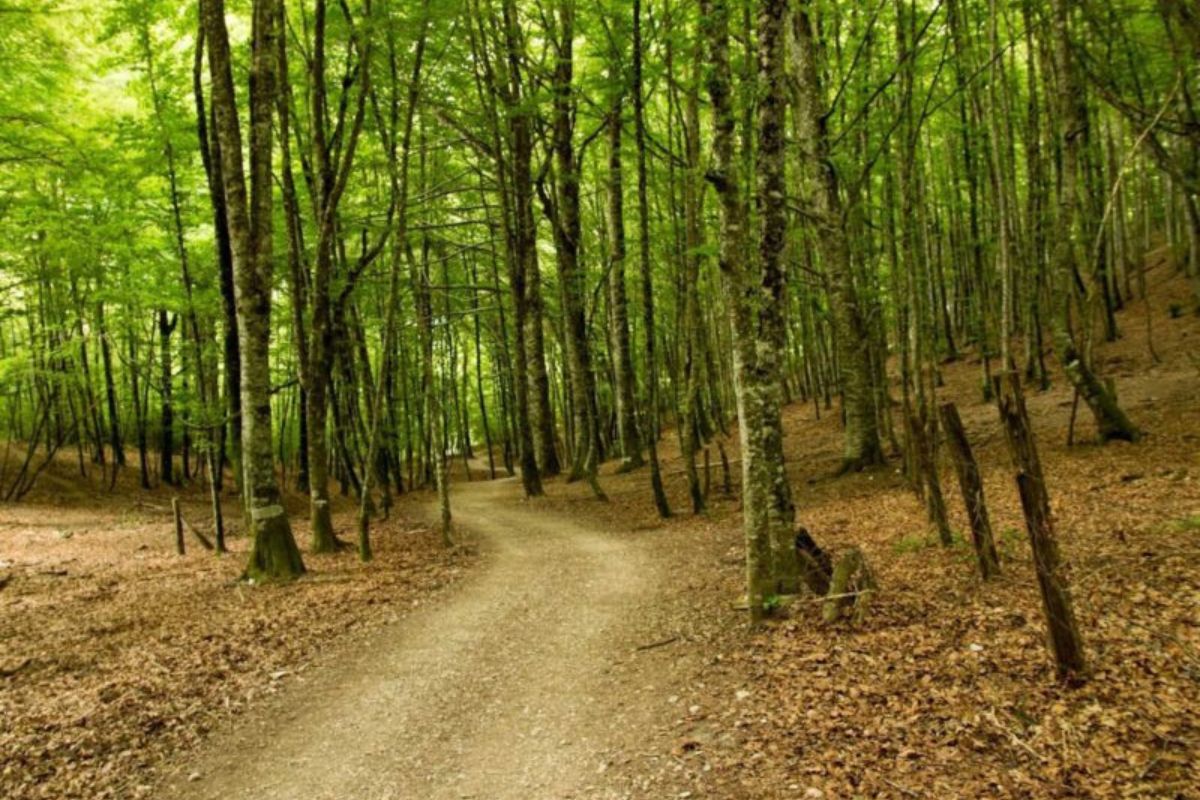
The French Way is considered by many as the most beautiful Camino
However, you can always do a shorter stretch, such as the last 100 km from the town of Sarria. Why? This distance allows you to obtain the desired Compostela, the document certifying that you have completed the Camino. Not only that, but it will offer you bucolic paths without great unevenness, which is what makes this stretch one of the most beautiful and easy.
You will get to know the Miño River in Portomarín, visit the pre-Roman fort of Castromaior, or taste the famous octopus of Melide and the cheese of Arzúa. In addition, you will feel the joy of the ancient pilgrims when they first glimpse the towers of the Cathedral of Santiago from Monte do Gozo.
The Portuguese Way, for returning pilgrims
Is the main route coming from Portugal: the Portuguese Way, another historic path that starts in Lisbon and stretches for 620 km ahead. The main attraction of this route is the opportunity to walk and enjoy the landscapes and culture of Portugal.
It’s a route that does not offer significant elevations or slopes, so it can be done at any time of the year. In this sense, it is highly recommended to do it between August and September when you can attend the grape harvest of the Rías Baixas wines. You will continuously pass through small villages and urban centers, so it counts with all services and good signage. The landscapes will offer you beautiful panoramas, crossing large rivers like the Miño and you will not be far from the Atlantic Ocean.
You can also cover shorter sections, such as the stretch from Porto or the last 100 km from Tui, already in Spain. In fact, in this last town begins its busiest and best-equipped part in terms of services. In addition to the Compostela, you can obtain the Pedronía in Padrón, another of the pilgrim certificates. Its mild temperatures encourage walking and, once you reach the end of the stage, to rest and enjoy all the enogastronomy that the north of Portugal and the south of Galicia have to offer.
The Portuguese Coastal Way, a gift for the senses
The Portuguese Coastal Way is a variant that runs parallel to the Atlantic coast and starts in Porto. It joins the Portuguese Way in the town of Redondela, adding up to a total of 194 km.
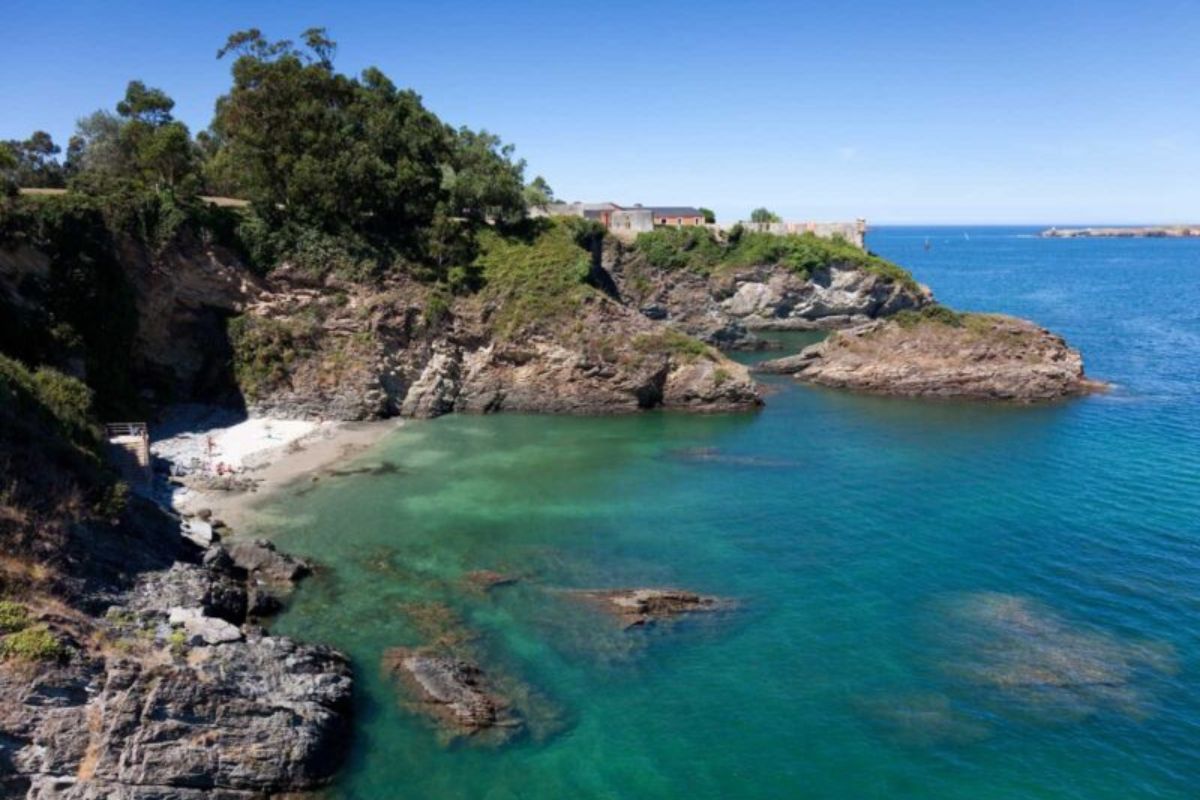
The Portuguese Coastal Way offers dreamlike views
Many pilgrims are drawn to this route by the beauty of the maritime landscapes, dunes, and beaches, a constant in the north of Portugal. During the journey, you will pass through incredible coastal towns that will offer you their best gastronomy, in addition to cliffs, hill-forts, mountains, forests, and estuaries that will surprise you. It can be done at any time of the year and does not present a demanding relief. If you want to try it, you can start with the last 100 km from A Guarda and obtain your pilgrim certificate.
The Finisterre and Muxía Way, the Epilogue
The Way to Finisterre and Muxía is the only Jacobean route where Santiago de Compostela is the starting point and not the destination. This is why it’s called the “Epilogue,” and many pilgrims continue on this route upon reaching Santiago. With a total of 120 km, it is the most mystical and spiritual Camino, where everyone who completes it is amazed upon reaching the end of the Roman world, Finis Terrae. Its wild nature, history, legends, sunsets, and the stunning landscapes of the Costa da Morte in Galicia will captivate you.
Well-marked, with many services and suitable all year round, it is a relatively easy route that we highly recommend to every pilgrim. Upon reaching the ends of the Earth, you will find the two “kilometer 0” points of the Camino de Santiago: in Muxía and Finisterre. Moreover, in both locations, you can obtain your certificate, the Muxiana and the Finisterrana.
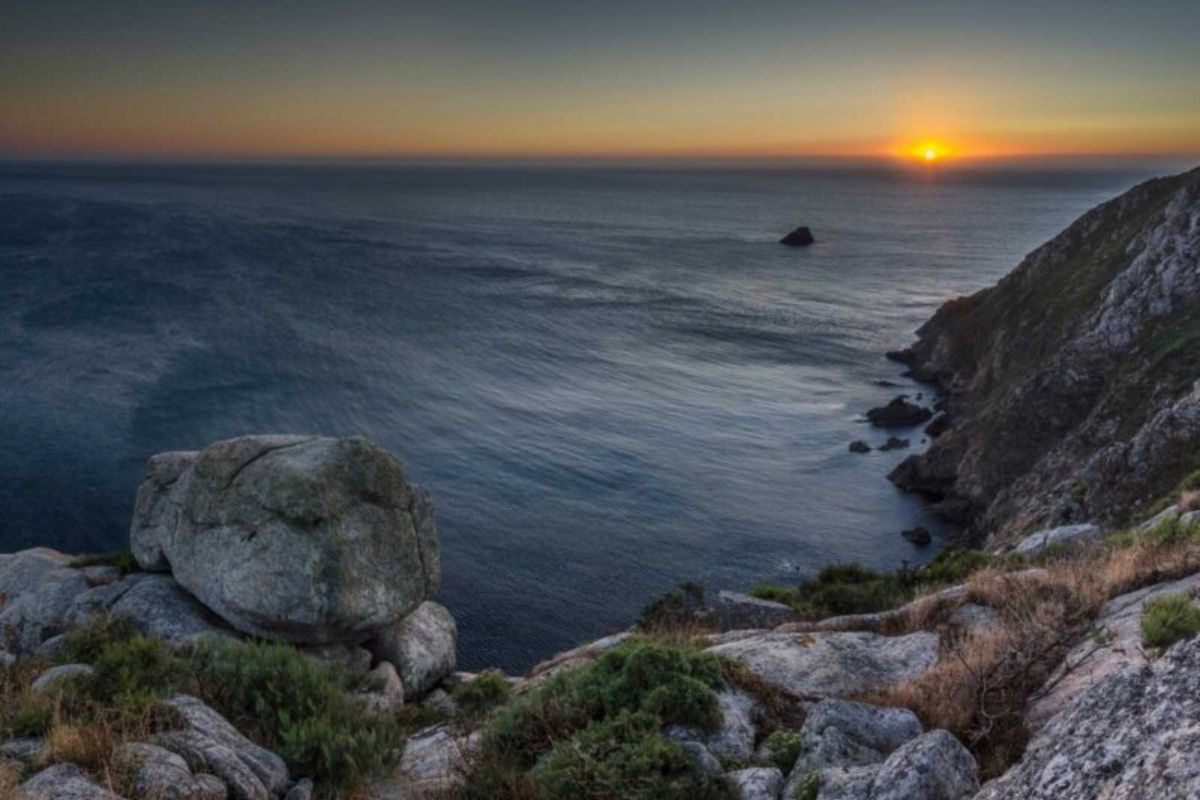
Mystical landscapes make the Finisterre and Muxía Way one of the most beautiful
The English Way, because the Camino hooks you
Yes, the Camino hooks you, and the “camino addicts” often decide to discover this route, which is slowly but steadily growing. It is the shortest route to Santiago in peninsular territory, and it only runs through one province. Starting in both A Coruña and Ferrol, we recommend doing the last 100 km from Ferrol to thus obtain the Compostela.
With good signage and gradually more services, it is a simple route suitable all year round. You will discover the north of Galicia, as well as historic towns like Pontedeume and Betanzos, where you must not forget to try their famous “tortilla” with eggs and potatoes.
The Northern Way, expanding the pilgrim résumé
The Northern Way is the longest route of all, stretching 820 km from Irún to Arzúa, where it meets the French Way. If you already have several Caminos under your belt, this is a very good option.
It mostly follows the coast of the Cantabrian Sea, passing through mountainous areas, valleys, and forests of great beauty. There’s no doubt it’s one of the most exciting and attractive routes of all that exist. But despite its great scenic wealth, it is also one of the most challenging.
The stages are long, with many elevation changes and mountain passes where you must be very cautious. That’s why it’s not recommended all year round, although the last 100 km from Villalba do not present as many difficulties and will reward you with the Compostela. On the other hand, it has fewer infrastructures, something that for many pilgrims will be even more appealing as they walk through landscapes that are practically virgin and not very urbanized. In short, this route is completely different from any other Jacobean route.
The Primitive Way, returning to the origins
The Primitive Way is the oldest route of all that exist. Originating in Oviedo, it spans a total of 268 km to Melide, where it joins the French Way. It follows the steps of the first pilgrim, King Alfonso II the Chaste, who made the pilgrimage in the 9th century from Oviedo to verify the discovery of the Apostle’s tomb.
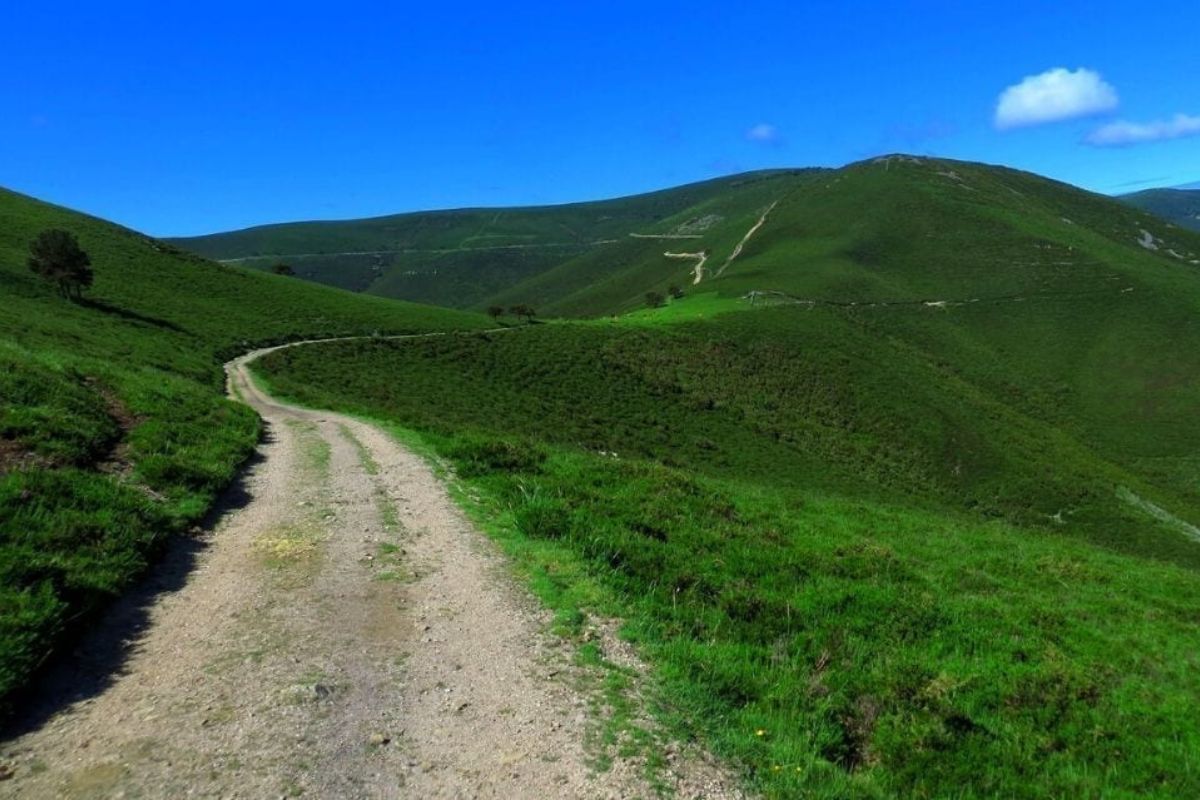
The immensity of the high mountains elevates the spirit of any pilgrim
The main attraction of this route is its scenic splendor and its great ethnographic richness. For many, it’s the most beautiful Camino. You will walk with total tranquility, passing through small towns and villages, falling in love with the hospitality and simplicity of its people. It is also, like the Northern Way, a route of greater difficulty, not suitable for those novice pilgrims or people who are not too accustomed to physical activity.
It is characterized by long stages, with steep and pronounced slopes, ascents, and descents over several kilometers, what many walkers call “leg breakers.” Moreover, it is not recommended at any time of the year, as it reaches high mountain altitudes that make it dangerous in winter. However, the last 100 km from Lugo do not present great difficulty, as they run through the peaceful Galician hills, and allow you to celebrate your Compostela.
Plan and choose your ideal Jacobean route
As you can see, there are many routes of the Camino de Santiago, and all are very special. If you are still undecided, consider your experience as a pilgrim and the time you have available. With our advice on walking the Camino, you will surely choose the most beautiful way for you.
If it’s your first time, we recommend doing the last 100 km, specifically of the French Way or the Portuguese Way. If you don’t have much time, a one-week route will bring you home enriched with all the goodness of the Camino de Santiago.
Also, consider that you can do the Camino by bike, with your dog, or accompanied by an organized group. And now the ball is in your court: choose the best time to do the Camino and enjoy an unforgettable trip that you will surely repeat.

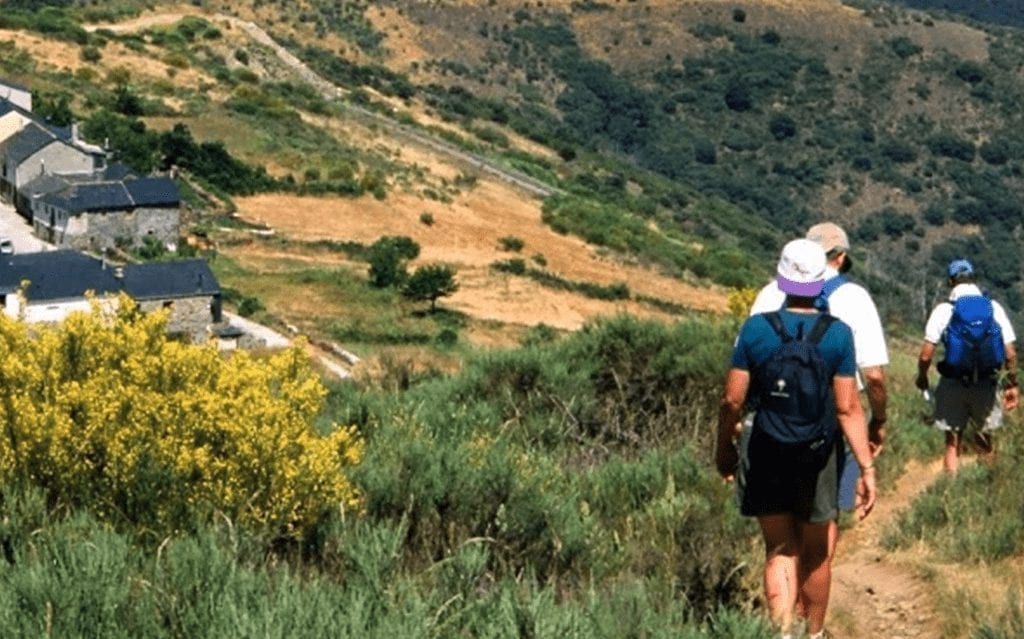










Leave A Comment